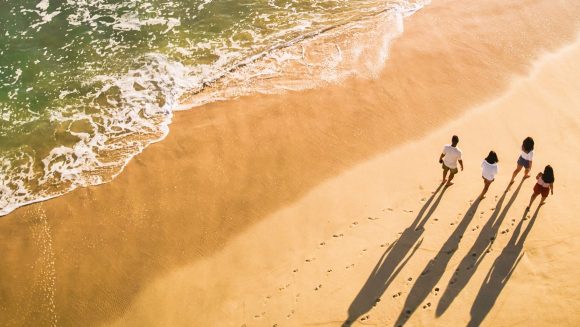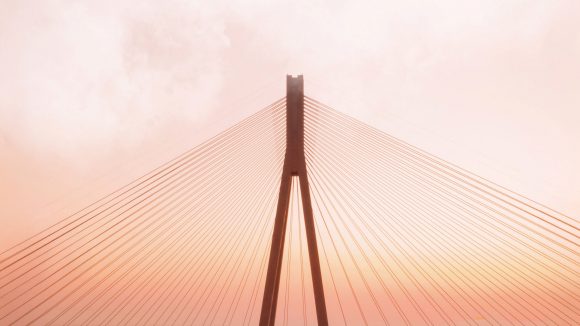Get the edge
Every client is unique. So are their needs.
Discover how we connect you with the best specialists offering expert advice, extensive resources and personalized services to fulfil your unique aspirations.
Personalized investment and family wealth solutions

We understand your financial and personal goals and aspirations and deliver personalized solutions for your investments, your business, your family and yourself.
Explore this site to find out more about just some of the questions our team of global specialists can help you answer.
Our solutions
No matter how sophisticated your needs might be, we are ready to partner with you to create individualized solutions which help you grow and preserve your wealth
Our specialist expertise
Our team of experts helps individuals and families develop tailored strategies to manage their wealth, family affairs, philanthropy, and art collections.
Our leading insights
We’re uniquely placed to draw on our knowledge and experience to give our clients unmatched intelligence to inform their financial decisions. Explore our flagship reports for a unique window into the trends that promise to have a significant impact on the changing world of wealth.
Beyond markets
Hear from renowned experts, thought leaders and industry disruptors on the issues and topics that matter most to you

Classic car insights
Interview series about the fascinating world of motorsport and classic cars
Regions
Visit our regional websites to gain further insights
Financial advice for your individual needs
Why UBS is your right partner
The price and value of investments and income derived from them can go down as well as up. You may not get back the amount originally invested.
UBS does not provide tax or legal advice. You should consult your independent tax/legal advisor for specific advice before entering into or refraining from entering into any services or investments.
Ready to start a conversation?
The price and value of investments and income derived from them can go down as well as up. You may not get back the amount originally invested.

























